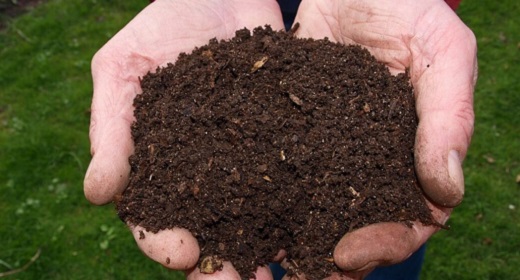By Himanshu Joshi: Kidney stones occur due to metabolic and dietary imbalance in the body and reflect disturbances of the body’s fluid and acid balance…
Under different conditions, various substances precipitate out of the urine and form sludge, sediment, gravel or large stones. Sediments or even stones may pass in the urine, accompanied by severe pain and blood.
Types of Kidney stones
There are three most common forms of kidney stones:-
1. Oxalate stones are likely to occur with persistently concentrated urine and some people assume that a diet including to much oxalic acid enriched foods is necessary for stone formation. Such foods are spinach, tomatoes, rhubarb, etc. but this is yet to be scientifically proven.
2. Calcium or phosphate stones are large and staghorn shaped. They may form rapidly under excessively alkaline conditions, or where there is a disturbance of calcium metabolism. This could occur due to imbalance of the parathyroid glands, excess of calcium food such as milk, or where calcium is being mobilized into the circulation from the bones of the skeleton.
3. Uric acid and urate stones may form due to acidic conditions, for example, where a diet too rich in protien sources such as meat, fish and eggs is being consumed.
Yogic management of Kidney stones
Kidney stone formation can be prevented and old stones and urinary sediments removed by adopting the following yogic management program and general recommendations. Those who have suffered a prior bout of mild or severe renal pain or have recurring bouts are advised to adopt this program in order to prevent further recurrences of the condition. Large stones, however, may prove to be a difficult therapeutic problem and if yoga fails to bring relief, surgery may have to be considered.
- Surya namaskara: Up to six rounds.
- Asana: Trilkosana, vajrasana, marjari-asana, vyaghrasana, supta vajrasana, ushtrasana, shalabhasana, naukasana, tadasana, kati chakrasana, merudandasana, udarakarshanasana.
- Pranayama: Bhastrika with bandhas.
- Mudra and bandha: Pashinee mudra and yoga mudra, moola bandha, vajroli mudra, uddiyana bandha.
- Shatkarma: Agnisar kriya or nauli practised daily. Shankhaprakshalana in an ashram enviroment. Laghoo shankhaprshalana once a week.
- Relaxation: Yoga nidra and abdominal breath awareness.
- Meditation: Ajpa japa, nada yoga.
- Diet: A fresh wholesome natural diet is recommended. Fruit, juices and lightly cooked succulent vegetables are recommended to alkalinize the urine. Avoid or reduce the intake of meat, eggs, fish and milk products as they produce uric acids wastes in high concentration. Avoid acid forming foods and highly refined flour and sugar products such as cakes, sweets, biscuits etc. Restrict the intake of tomatoes and spinach, which are high in oxalic acid. Decrease the intake of salt. Try to drink at least four litres of water per day, especially in the summer months. It is claimed that pears can dissolve kidney stones if up to a dozen are consumed per day.
- Fasting: In conjunction with increased water intake fasting is highly recommended in order to flush, cleanse and purify a sluggish urinary system.
Further recommendations
- A short walk each day is recommended, particulary after the evening meal.
- Try to get some outdoor exercise at least once or twice a week.
- Parsely tea is said tobe very beneficial. Take a small glassful every three hours.









































